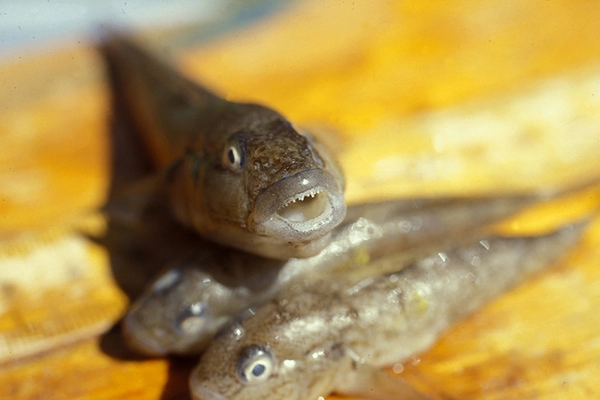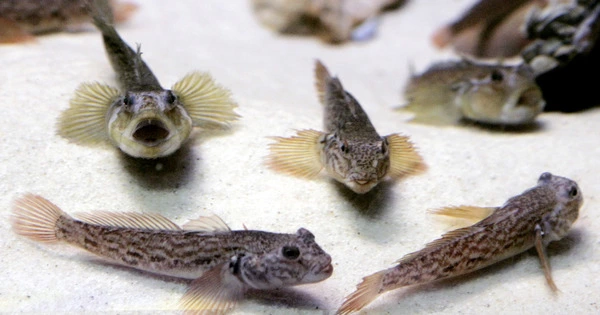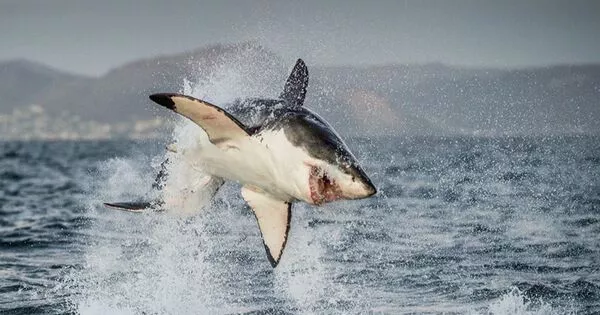Exotic fish are a threat to river ecosystems, but what happens when invasive species are native to a territory and have been introduced into waters that are not their original territory? A new study conducted by the UB and published in the journal Science of The Total Environment examined the impact of these species, known as translocated species, on native fish, as opposed to the effects of exotic invasive species, which are not native to any basin in the territory.
The study’s findings show that the quality of the habitat is the most important factor in the well-being of native fish, but it also shows that translocated species can be just as problematic as exotic species.
According to the researchers, these results can have implications in the management of rivers, specially in the context of climate change, since species translocation is a common effect of inter-regional water transfers carried out by some countries to mitigate the consequences of global warming.
“Our data suggest that invasions by translocated native species should be taken at least as seriously as those by exotic species in the systems we studied, i.e. the typical medium-sized Mediterranean streams and rivers,” says Alberto Maceda, researcher at the University of Barcelona’s Biodiversity Research Institute (IRBio) and first author of the article. Adolfo de Sostoa, an IRBio researcher, as well as experts Ralph Mac Nally and Jian D.L. Yen from the University of Melbourne, took part in the study (Australia).
Our data suggest that invasions by translocated native species should be taken at least as seriously as those by exotic species in the systems we studied, i.e. the typical medium-sized Mediterranean streams and rivers.
Alberto Maceda
A pioneering study on the effects of translocated species
The researchers studied the characteristics of different fish species in fifteen sites of the basins of the north-eastern Iberian Peninsula, but they focused especially on cyprinid species (Cyprinidae), one with the highest species richness in the world and the most common in Europe.
Researchers looked specifically at indicators of great ecological importance, such as native species diversity, abundance, and size distribution of native fish when exposed to exotic or translocated native species invasion. “There have been previous studies that highlighted the problem of mixing populations of Mediterranean and Atlantic trout, as well as some examples of competition between native and translocated native species, but ours is the first study that has examined the problem from a broader perspective and has combined different indicators,” says Alberto Maceda, lecturer at the UB’s Faculty of Biology.
Negative effects on native fish
The findings, which are consistent with previous research, indicate that habitat quality is critical for the conservation of native species. That is, environmental factors such as temperature, water depth or velocity, pH, or nutrient levels are the variables that best explain the variability in native species characteristics such as abundance or weight. The study’s main novelty is that, after accounting for these environmental variables, the results indicate that the translocated species had potentially greater impacts on native fish than the exotic species, despite the fact that the latter included some well-known exotic species, such as carps (Cyprinus carpio) or bleaks (Alburnus alburnus).
As stated by the authors in the paper, the presence of translocated fish was associated with a lower abundance and richness of native fish and smaller native individuals, while the presence of exotic fish was associated with a higher abundance and richness of native fish and generally larger individuals.

There are still many unanswered questions about translocated species
Given the findings, the researchers emphasize the importance of further research into the ecological impact of translocated native species. “It is pointless to assume that the impacts of exotic species are worse because they come from outside our borders because we do not yet have enough data to make such claims. In fact, we know very little about the diseases, hybridization issues, trophic competition, and other issues that translocated species can bring” emphasizes the researcher.
Legislative and river management challenge
The study’s findings pose a significant challenge to current legislation and river management, such as finding oneself in the position of having to protect and eradicate the same species depending on the hydrological basin in which it is found. Alberto Maceda observes that “Species are typically declared problem species in political territory, but it is possible for a species to be both native and invasive in the same political territory. To make matters worse, we may discover that a species is declining in its native basin while expanding in basins where it has previously been introduced.”
In this context, the researcher points to habitat conservation as the aspect that managers should focus on the most in order to conserve native fish. “In general terms, we think that action should be taken regarding the habitat conservation, because the benefits have multiple dimensions that, on the rebound, can even make native species better competitors against exotic species,” he says.
Despite this general recommendation, Alberto Maceda adds that intervention against introduced species can sometimes be a solution, especially if they are translocated natives, because they may have similar habitat requirements to natives. “Rivers with poorly conserved habitats also experience the most biological invasions, and it is often difficult to distinguish between the effects of exotic species and habitat. However, in some cases, the main detrimental effect is that of translocated native or exotic species, and thus acting on them, if complete eradication is possible, will undoubtedly be beneficial to the river” He concludes.
















